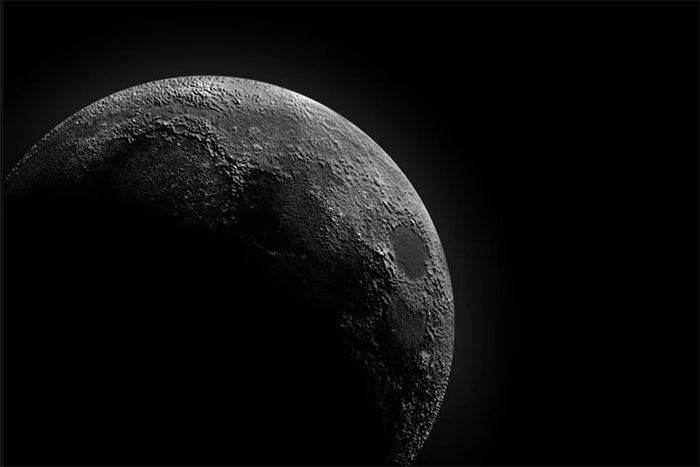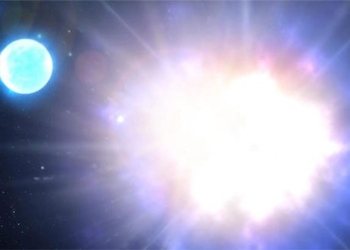A new discovery may serve as a confirmation of the existence of water, as well as the widespread distribution of molecular hydrogen in various regions on the Moon.
Researchers from the U.S. Naval Research Laboratory (NRL) have recently published a study revealing that they have detected hydrogen in lunar soil sample 79221.
This sample was provided by NASA after being collected from the Moon during the Apollo 17 mission, which was also NASA’s final lunar landing mission in the Apollo program.

The Moon holds great potential for space exploration missions. (Photo: NASA).
The research mission, funded by NASA, primarily aimed to analyze and test soil sample 79221 to uncover signs of life. Under the guidance of experts from the NRL’s Materials Science and Technology Division, scientists utilized transmission electron microscopy to analyze this lunar soil.
Ultimately, the study confirmed that hydrogen is concentrated in gas pockets in the form of molecular hydrogen contained within calcium-phosphate apatite and merrillite. Notably, this is the first time scientists have demonstrated the existence of hydrogen-bearing materials brought back from the Moon.
Previously, a team of scientists at NRL had also employed advanced techniques such as transmission electron microscopy and energy-dispersive spectroscopy to detect helium in lunar rock samples.
This could mark a significant turning point in the journey of space exploration, potentially transforming the Moon into a “way station” essential for future missions.
Katherine Burgess, the lead author of the study, stated that hydrogen has the potential to become an important resource that could be utilized directly on the Moon’s surface as more permanent facilities are established there.
This is particularly necessary, as NASA estimates that it would cost at least thousands of dollars to transport a bottle of water to the Moon. Therefore, to reduce costs, processing and manufacturing water directly on the Moon is viewed as an extremely critical task.
Based on this resource, future astronauts could extract readily available water on the Moon for use as rocket fuel and for sustaining life.
Interestingly, the Apollo 17 astronauts collected the lunar soil sample 79221 not from near the south pole, where many countries believe there is the presence of liquid water ice beneath the surface.
Thus, this new discovery may be seen as a confirmation of the existence of water, as well as the widespread distribution of molecular hydrogen in various locations on the Moon.





















































